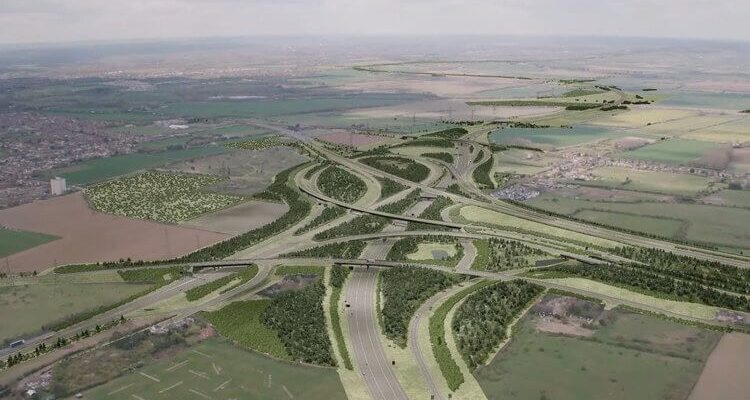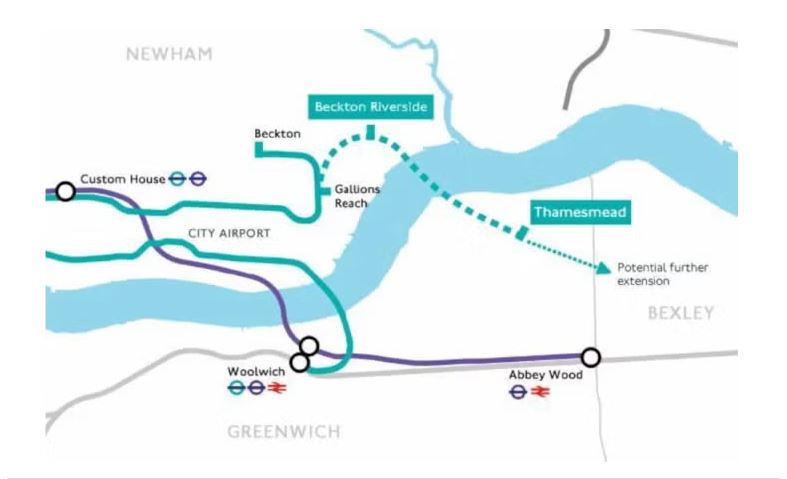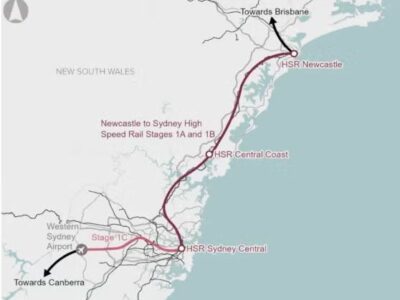
National Highways released a new video fly-through on 9 January that shows the route of the Lower Thames Crossing, as the Planning Inspectorate extended the period for members of the public, stakeholders and landowners to register to participate in the next stage of the planning process.
The new fly-through displays a bird’s eye view of the submitted Lower Thames Crossing, which would deliver a trustworthy new link between the A2 in Kent to the M25 in south Essex. The road’s design has been shaped by the most comprehensive program of consultation and engagement ever launched for a UK road project.
The fly-through employs a 3D computer model of the new road combined with real video footage to demonstrate how the route has been scheduled to sit sensitively in the landscape with 80% of the road, under the ground level via the use of cuttings, embankments and the tunnel.
In addition, the video illustrates the scale of submitted planting and public open space, containing two new public parks, seven green bridges and more than one million extra trees.
The fly-through also contains the changes that have been made to the design in Thurrock and presented in the project’s last consultation. Examples of the changes can be the changes on the north bank of the Thames to create space for the Thames Freeport, and changes to the link between the Orsett Cock roundabout to the A1089 to decrease traffic impacts on some local roads.
In October, National Highways proposed its programs for the new road to the Planning Inspectorate, and later this year, they will be precisely investigated by a panel of independent, government-appointed specialists.
Before the investigation takes place, the Planning Inspectorate has opened the period for stakeholders and public members to register to become an Interested Party by making a Relevant Representation, which is the first time that comments and views on the application can be sent directly to the Planning Inspectorate. Registration is possible via the Planning Inspectorate website by 24 February 2023.
The Executive Director at Lower Thames Crossing, Matt Palmer, pointed out: “Our plans have been shaped by a comprehensive program of consultation, and will now be examined in detail by the government’s independent planning authority. I’d like to thank members of the public and stakeholders for taking the time to give their views, both in the past and during this planning process.”
The submitted Lower Thames Crossing will nearly double the road capacity between Kent and Essex via the UK’s longest road tunnels. The project will relieve congestion on the Dartford Crossing, which is one of the UK’s most crucial but crowded roads, plus help to unlock the massive growth opportunity of the Thames estuary making a reliable new link between people and jobs, and businesses and their customers and suppliers.
National Highways has designed the Lower Thames Crossing to be the greenest road ever constructed in the UK. A tunnel was preferred rather than a bridge to prevent protected wetlands and marshes, seven green bridges would supply safer crossing points for people and wildlife, and viaducts are intended to protect a nearby floodplain.
More than 60km of the new or improved pathways would be functional for walkers, cyclists and horse riders. Also, the project is a Pathfinder one, analyzing carbon-neutral construction, and is the first UK’s major infrastructure project to put carbon reduction at the heart of its procurement process, where contractors are incentivized to drive down carbon at every step and throughout the supply chain.
Those interested can contact info@lowerthamescrossing.co.uk or call 0300 123 5000.
[embedyt] https://www.youtube.com/watch?v=-Y5g264PojA[/embedyt]
















